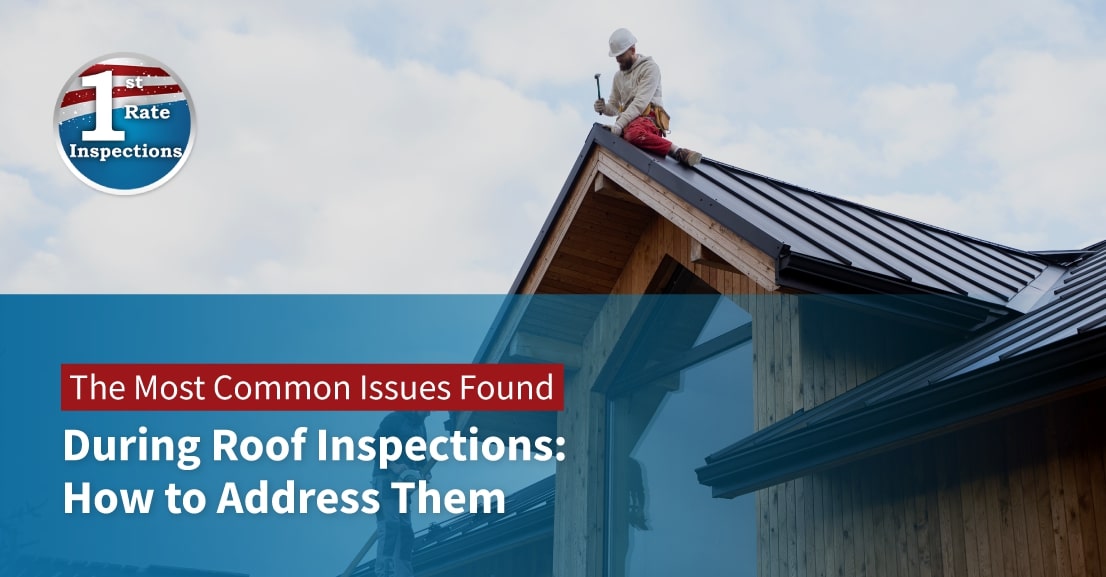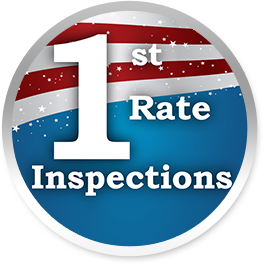
The roof is frequently given great attention during a home inspection in Houston. A roof inspection is essential to determine its state, spot any possible problems, and guarantee the building’s overall structural integrity. Inspectors frequently come across various basic issues that might occur with roofs. These problems, which range from damaged shingles to faulty flashing installation, can result in water leaks, structural damage, and reduced energy efficiency. In this blog, we’ll talk about the most common issues that home inspectors identify during roof inspections and offer insightful advice on resolving them. Homeowners may maintain the longevity and functionality of their roofs, protect their investment, and guarantee a secure environment by being aware of these potential issues and acting when they arise.
Damaged or Missing Shingles
During a roof inspection, one of the most frequent problems found is missing or broken shingles. These shingles shield the roofs from numerous weather factors and wear over time. Shingles can crack or become loose due to exposure to environmental factors, including harsh weather and UV radiation. It’s important that you treat this problem right away to avoid water leaks, structural damage, and additional deterioration
Taking immediate action is crucial when damaged or missing shingles are found during a roof inspection. First, carry out a careful inspection to find the affected areas. Look out for shingles that are completely missing, curling, or cracked. Before climbing onto the roof, ensure safety precautions are in place, such as using strong ladders and donning the proper safety gear, such as harnesses and non-slip shoes.
It is essential to use shingles similar to the old ones in terms of color, style, and material to maintain a cohesive appearance and the roof’s structural integrity. Lift the edges of the damaged shingles and pry out the roofing nails to remove them carefully. Make sure they fit and line properly by replacing them with fresh shingles of the same type.
It is better to seek professional assistance if the damage is severe or if many shingles are missing. Experienced roofers can offer specialized knowledge and guarantee complete and accurate repairs. Routine maintenance is also crucial. Furthermore, to prevent issues from worsening, carry out regular inspections, sweep away debris from the roof, trim nearby tree branches, and take immediate care of any minor issues to avoid recurring problems.
Roof Leaks
It is crucial to address roof leaks, which are among the most significant issues frequently found during roof inspections. Roof leaks can seriously harm a home’s interior, insulation, and structure. Early action is essential to stop additional water intrusion and subsequent mold growth. Follow these critical steps to address roof leaks successfully.
Inspecting the area inside the house where water enters, you should first locate the leak’s source. Find any evidence of water damage, dampness, or mold growth on the ceilings, walls, and attic areas as you trace the path to the corresponding spot on the roof.
When dealing with a roof leak, act quickly to prevent further damage. Use tarps or plastic sheeting to cover the affected area and place buckets or containers for collecting any leaking water.
Prioritise safety measures before climbing onto the roof. Use sturdy ladders, wear the proper safety gear, and plan your work for when the weather is good.
Make the required repairs as soon as you find the source of the leak. This can entail restoring roof valleys, resealing flashings, or replacing cracked or missing shingles. To avoid more leaks, ensure correct installation and tighten any loose components.
Inspect the flashings around skylights, vents, chimneys, and other roof penetrations. To further stop future leaks, fix or replace any broken or improperly sealed flashings.
Remove debris from the roof surface, such as leaves, branches, or moss. This simple step helps in avoiding potential damage and water pooling.
If the leak is severe, the roof is old, or the repairs are above your experience level, you might consider hiring a professional. Roofing professionals can provide comprehensive inspections, the discovery of underlying problems, and long-term solutions.
Establish a regular maintenance routine for your roof to stop future leaks. Regularly inspect your home, clean your gutters and downspouts, and immediately address any minor problems.
Roof Ventilation Problems
As one of the most frequent concerns found during the roof or Houston home inspection, roof ventilation issues must be addressed immediately. A healthy and functional roofing system depends heavily on proper roof ventilation. Numerous problems, such as moisture buildup, decreased energy efficiency, and early roof damage, can result from inadequate ventilation.
To address the roof ventilation issue, analyze the ventilation system as it is now. Check the eaves or soffits for intake vents and the ridge vents or gable vents for exhaust vents. Check for any obstructions, blockages, or indications of poor airflow.
To let fresh air into the attic or roof space, ensure the intake vents are unblocked. Remove any obstacles that might be preventing the vent from operating properly. Clear the vents of any debris, insulation, or other obstructions.
Consider the size of your roof and your local building codes, determine the proper amount of ventilation you need. This estimate will assist in determining whether the current ventilation system is enough or whether more vents are required.
For efficient vent operation, make sure the installation and alignment are correct. If necessary, install more vents to ensure appropriate ventilation. Consider adding soffit vents, ridge vents, turbine vents, or other exhaust vents that can be placed strategically to encourage the best airflow.
Examine any ducting or ventilation pipes in the attic or roof area. To guarantee continuous airflow, fix or replace any broken or disconnected ducts.
Analyze the attic’s insulation. For keeping a constant temperature and avoiding condensation, proper insulation is essential. Ensure insulation is installed correctly and not block vents to maximize energy efficiency.
If you are unsure of the ventilation needs or have complicated problems, seek professional advice. Roofing specialists may offer professional advice, carry out a complete evaluation, and suggest unique solutions for your particular roof.
Inspect and maintain the roof ventilation system regularly. To guarantee optimum ventilation all year, keep vents clear of debris and clean, and take care of any problems as soon as they appear.
For certified Houston inspection services that are truly exceptional, trust 1st-Rate Inspections. Our expert team delivers top-notch quality and thoroughness, ensuring peace of mind and reliable results. Schedule your inspection today and experience the best in the business. Choose 1st-Rate Inspections for all your certified Houston inspection service needs.




